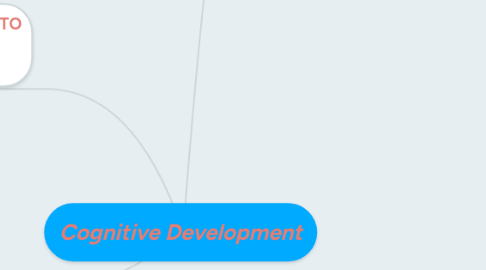
1. HOW TO APPLY THESE THEORIES TO OUR TARGETED GROUP OF STUDENTS
1.1. Students will watch a video demonstrate and review a manual on table etiquette and proper silverware usage.
1.1.1. -classroom set a classroom table for the training --students will be taught how to fold napkins and where they should be placed during and after a meal --students will use the evaluation sheet in the back of the manual to identify which silverware was used at each phase of the meal. -students will watch the video demonstration again to see if they were successful
2. PIAGET AND VYGOTSKY'S SIMILARITIES IN THEIR ASSUMPTIONS
2.1. Suggested children acquire increasingly complex thinking processes with age and experience.
2.2. Argued for the importance of challenge – puzzling new information. Piaget disequilibrium, Vygotsky – zone of proximal development.
2.3. Believed children are cognitively ready for some experiences but not for others.
2.4. Language development must be understood to understand cognitive development.
3. Development of increasingly sophisticated thinking, reasoning, and language with age.
3.1. DIFFERENT THEORISTS HAVE DIFFERENT IDEAS ON HOW A CHILD WILL DEVELOP MENTALLY AND BECOME A SUCCESSFUL LEADER
3.1.1. PIAGET
3.1.1.1. Children are active and motivated learners.
3.1.1.1.1. Children are naturally curious about their surroundings, and will go out of their way to explore.
3.1.1.1.2. Example- If a young child sees a tower made of blocks, he will go over and investigate how it was built.
3.1.1.2. Interactions with ones physical and social environments are essential for cognitive development.
3.1.1.2.1. Active experimentation with the world and other people through manipulation.
3.1.1.3. 21st century thinking
3.1.1.3.1. Neo-piagetians regjects Piaget. His influence is decreasing. Contemporaries believe children’s development progress gradually depending on experiences not age
3.1.1.4. Applications
3.1.1.4.1. • Clinical method – explores reasoning • Hands-on experiences • Concept of disequilibrium – challenges illogical reasoning to more sophisticated
3.1.1.5. STAGES OF DEVELOPMENT
3.1.1.5.1. • Sensorimotor – begins at birth • Preoperational – age 2 • Concrete Operations – age 6 or 7 • Formal Operations – age 11 or 12
3.1.1.6. – Constructivist or constructivism (beliefs and understandings are constructed from experiences) SELF-EXPLORATION DISCOVERY
3.1.2. VYGOTSKY
3.1.2.1. Through both informal conversations and formal schooling, adults convey to children the ways in which their culture interprets and responds to the world.
3.1.2.1.1. when adults interact with children, they share meanings that they attach to objects, events and more generally, human experience.
3.1.2.2. 21st century thinking
3.1.2.2.1. Western psychologists were unfamiliar with Vygotsky’s work, his ideas were never fully developed but today – his influence has become increasing prominent. His ideas are fully evident in many contemporary theorist’s discussions.
3.1.2.3. Applications
3.1.2.3.1. • Social Construction of Meaning - Mediated learning experience • Scaffolding – help with challenging tasks • Guided participation – guided support while performing a real-world adult activity • Apprenticeships – mentoring to help children learn to perform complex skills
3.1.2.4. STAGES OF DEVELOPMENT
3.1.2.4.1. focuses on progressive stages
3.1.2.5. (society and culture promotes learning and development) GUIDED EXPLORATION AND INSTRUCTION
